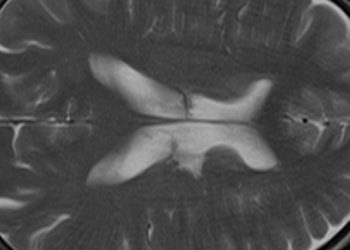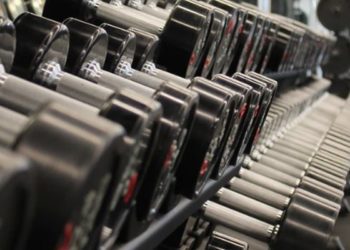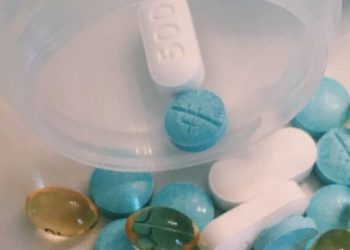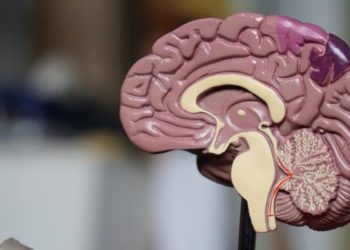Home health management of patients undergoing deep brain stimulation for Parkinson’s disease is safe and feasible
1. Among patients receiving deep brain stimulation for Parkinson’s disease, a home health management program was found to be safe, feasible, and significantly reduced the need for traditional clinic management.
Evidence Rating Level: 1 (Excellent)
Study Rundown: Deep brain stimulation (DBS) has shown to be effective in the management of select individuals with Parkinson’s Disease (PD). However, this therapy requires multiple visits to the clinic post-operatively, thus posing a significant accessibility barrier, especially for patients that do not live close to major medical centers. Specifically, both patients and their caregivers experience significant travel-associated burdens such as out-of-pocket costs. Therefore, this study designed a home-based intervention to reduce the need for patients to travel to clinic and thus improve accessibility to DBS therapy. It is the first prospective study that aimed to evaluate the feasibility and safety of a home health management program for DBS recipients.
There were 44 participants in the study from which 21 were randomized to the standard of care (SOC) and 23 to the home health program. Participants in the SOC group had 5 clinic appointments for postoperative management during the first 6 months following the procedure, with an option of scheduling additional visits if required. Participants in the home management group were scheduled for 5 postoperative appointments within 6 months, two of which occurred in the patient’s home (1-month and 3-month visit) and three which were telemedicine appointments (2-month, 4-month, and 5-month). Patients in this group were also able to schedule additional home health visits or clinic visits if they were not satisfied with their care. The primary outcome measured was the number of visits to clinic during a 6-month postoperative period. It was found that patients in the home health group had significantly less clinic visits when compared to the control group. The secondary outcomes measured were PD motor symptoms, overall PD symptom severity, PD-associated quality of life, PD medication doses, caregiver strain, and adverse events. It was found that there was no significant difference in all secondary outcomes between the two groups. Additionally, the study demonstrated that no adverse events occurred in association with the study procedure or devices.
This is the first prospective study examining the feasibility and safety of a home health program for DBS patients, thus addressing an important clinical question that could have a major impact on accessibility. A strength of this study was the randomized allocation process of the participants into the two groups. Additionally, there were limited participants that were lost to follow-up as only 2 participants from the SOC group were not included in the final analysis. One limitation of this study was the small sample size of 44 (42 included in analysis). This did not allow the researchers to analyze or control for confounding factors such as socioeconomic status. Additionally, it was conducted in one center, thus limiting its generalizability to other populations. Overall, although it addresses an important gap in the literature, larger multi-center studies are needed to support the conclusions made in this study.
Click to read the study in JAMA Neurology
Relevant Reading: Deep Brain Stimulation for Parkinson Disease
In-Depth [ randomized controlled trial]: A total of 42 participants were included in the analysis, 19 in the SOC group (mean [SD] age, 64.1 [10] years; 11 [58%] male) and 23 in the home health management group (mean [SD] age, 65.0 [10.9] years; 13 [57%] male). The mean (SD) number of clinic visits in the SOC group was 4.8 [0.4] visits, while it was 0.4 (0.80) visits for those in the home health management group (P<0.001). From the 23 participants in the home health visit group, 3 had single clinic visits and 2 participants had 2 clinic visits. The study found no difference in the total number of postoperative management visits (sum of in-person and telemedicine visits for SOC group (4.8 [0.4]) compared to home health group (5.2 [0.7]); P= 0.06). There were no significant differences found in the secondary outcomes between the groups. Participants in the SOC group experienced 2 adverse events and participants in the health management group experienced 11 adverse events. However, none of these were found to be associated to the study procedures, and they did not result in participant withdrawal or modification to study protocol.
Image: PD
©2021 2 Minute Medicine, Inc. All rights reserved. No works may be reproduced without expressed written consent from 2 Minute Medicine, Inc. Inquire about licensing here. No article should be construed as medical adviceand is not intended as such by the authors or by 2 Minute Medicine, Inc.







